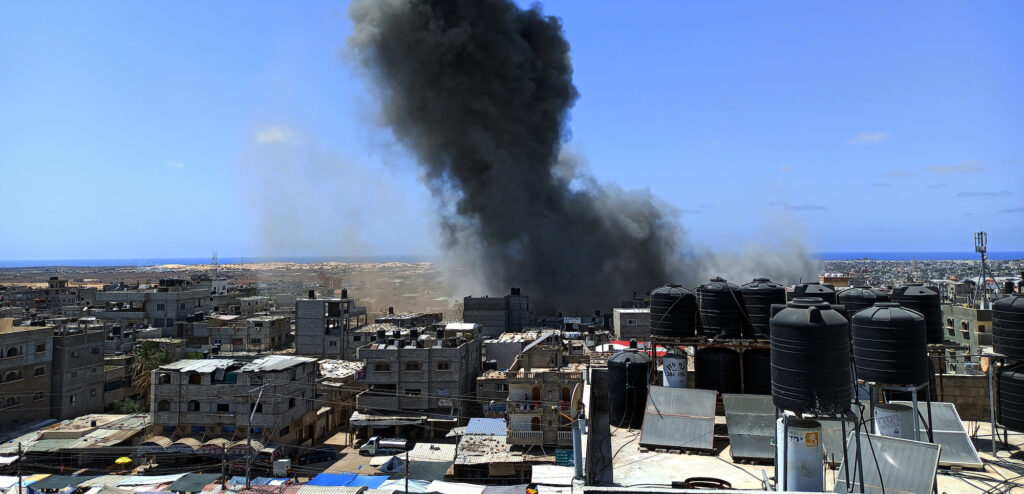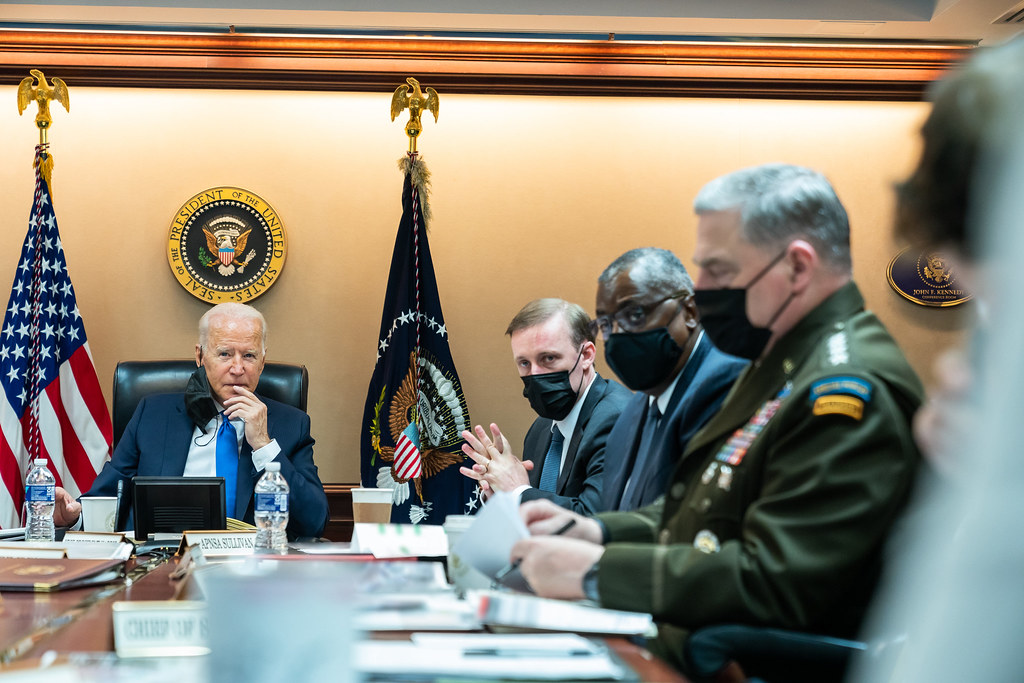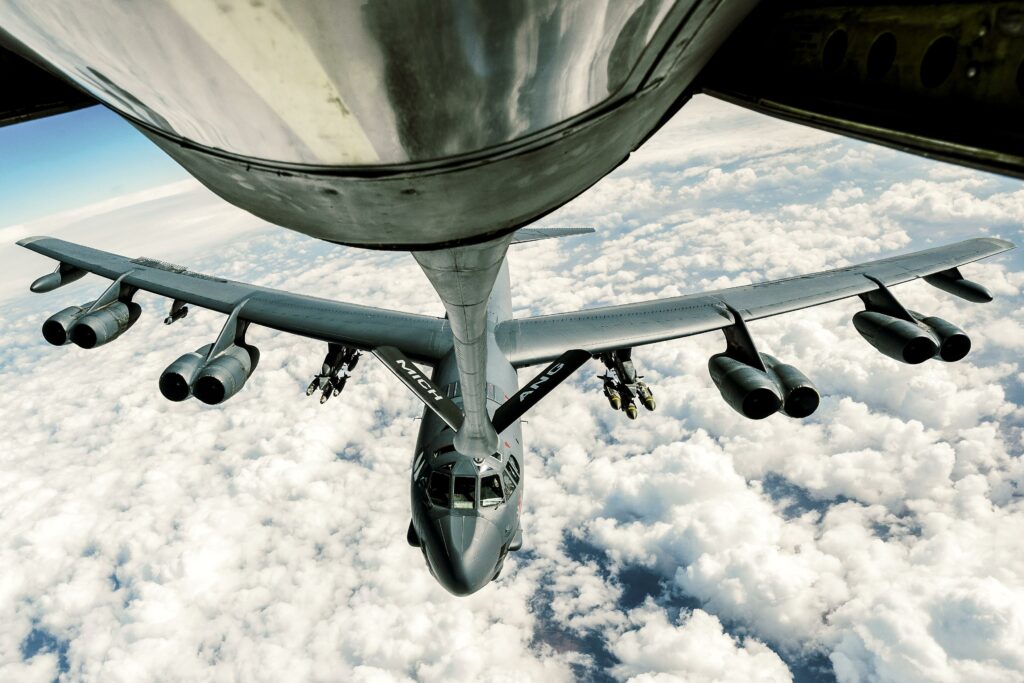Following the 9/11 attacks in the United States, the U.S. military conducted strikes and occasional raids against alleged Al-Qaeda-affiliated militants in Pakistan for more than a decade.
Airwars is the custodian of a database produced by The Bureau of Investigative Journalism investigating covert U.S. drone strikes and civilian harm allegations between 2004 and 2018.




